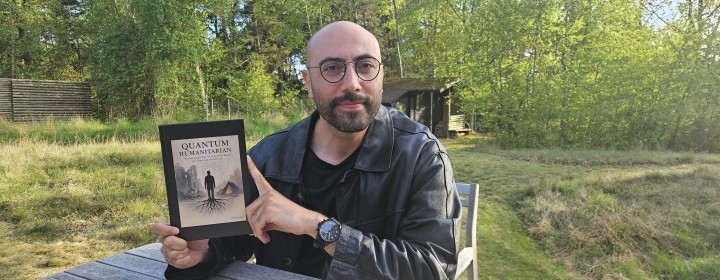The dry summer has helped archaeologists outline at least 50 previously unknown settlements from the Middle Ages, Iron Age and, in some cases, the Stone Age.
Vegetation areas where the soil has previously been dug up tend to dry out at a slower rate, and therefore the outlines can be seen in green against the surrounding yellow during a drought.
Among the discoveries is a 5,000-year-old cultic ceremonial site near Struer in mid-Jutland.
Nearly 300 interesting sightings
“We have found over 50 new settlements and lots of others from the Stone Age, the Viking Age and the Middle Ages,” Lis Helles Olesen, an aerial photography archaeologist attached to Holstebro Museum, told Videnskab.
“This summer we have found as many as in the last three to four years put together.”
An additional 220 stand-alone constructions, such as burial mounds and animal pens, have also been found this year.
Impossible to dig though
Most of the finds have been constructions from the Iron Age, which tend to be easier to spot than buildings from the Middle Ages because of the deepness of the post holes.
However, it hasn’t been all plain sailing for the archaeologists, as the drought has made it almost impossible to dig! This means that many of the finds are unconfirmed and could easily turn out to be settlements from other periods.












